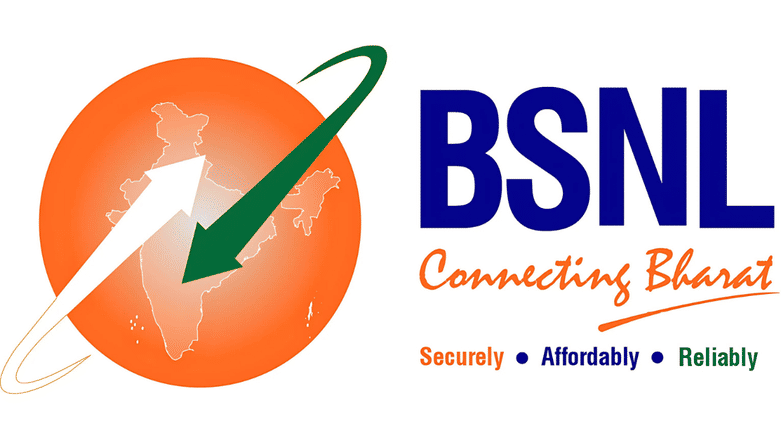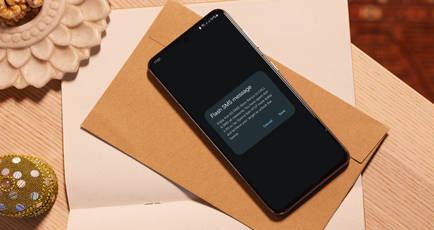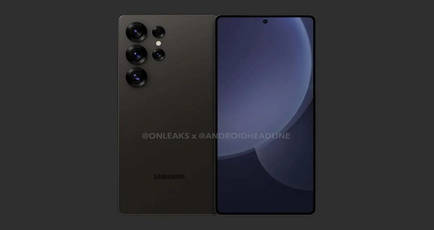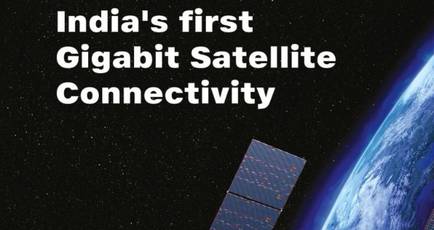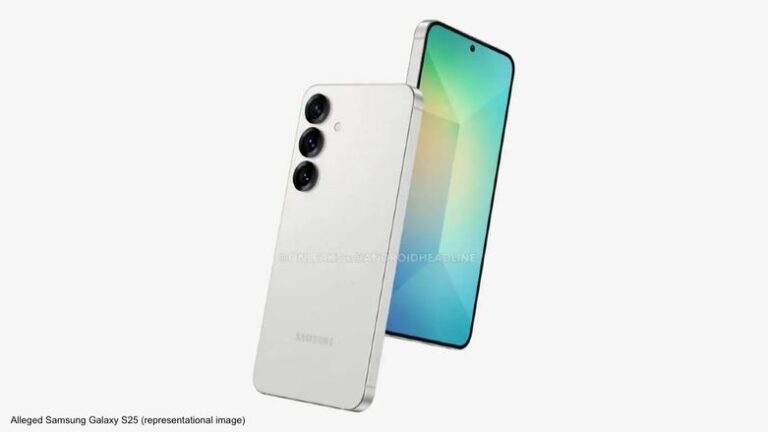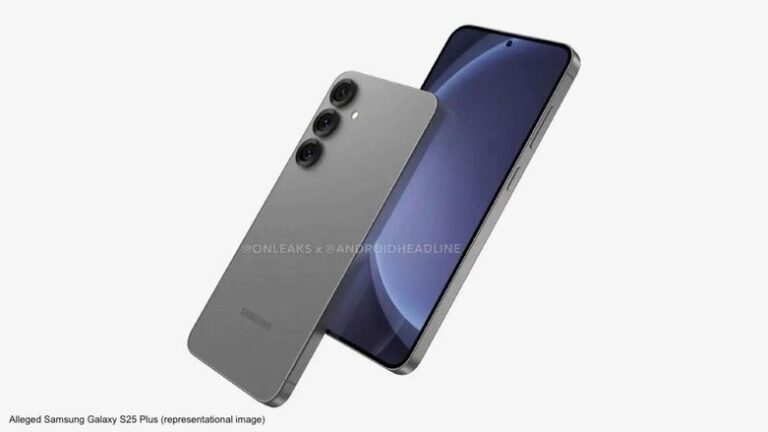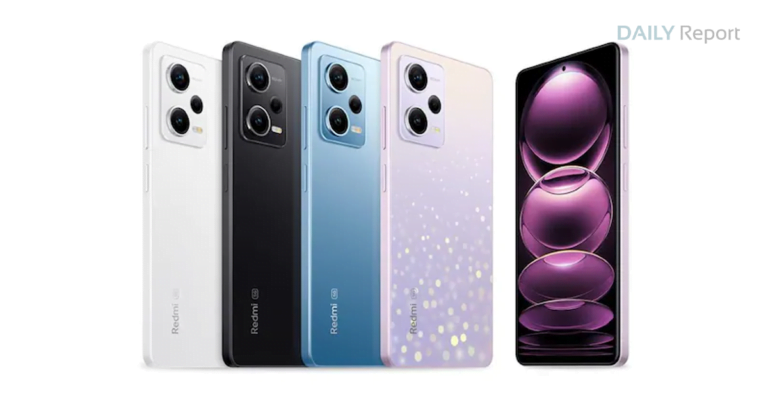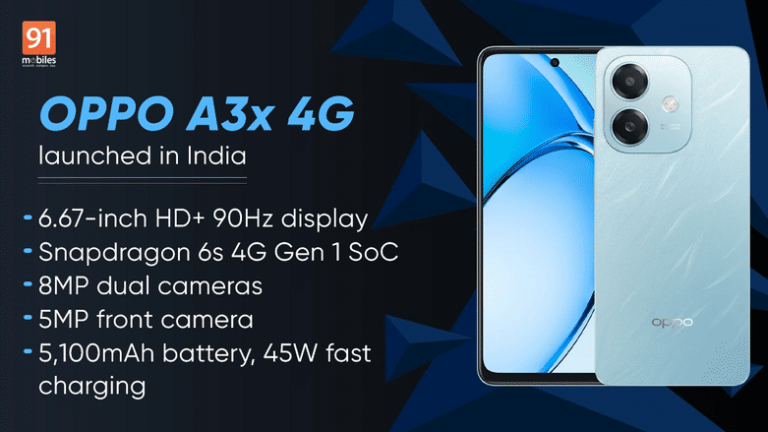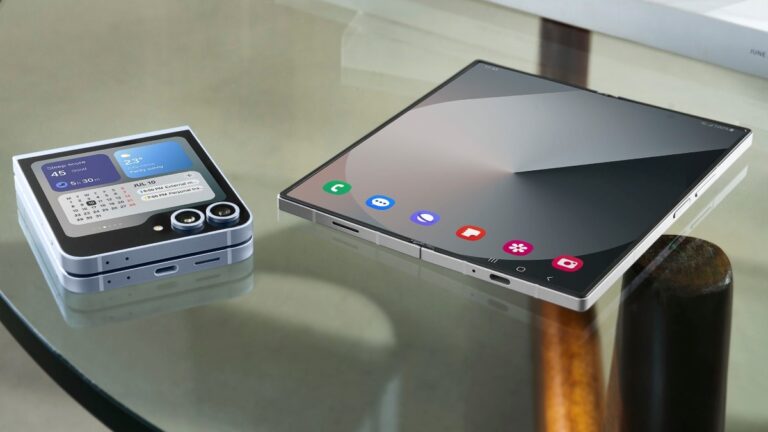BSNL launches direct-to-device via satellite service: call, message, even use UPI without any connectivity | Tech Tips
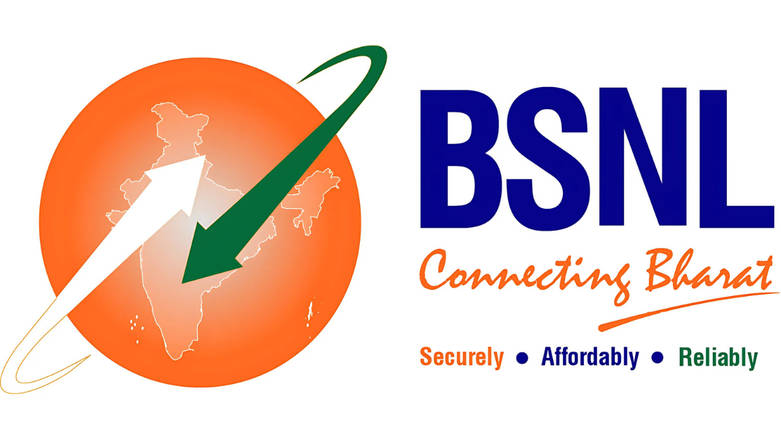
The Department of Telecommunication (DoT) has announced the BSNL direct-to-device (D2D) service that lets you call, message, and even use UPI in remote areas without any telecom network connectivity. This is the first indigenous technology of its kind developed in India. Other telecom operators are also working on similar solutions. Meanwhile, Amazon’s Kuiper and Elon Musk’s Starlink have also applied to introduce their comparable services in the country, signalling a lot of action in this space. So, here’s everything we know about the satellite-to-device service and what it could mean for the Indian market:
Satellite direct-to-device service: what is it, how it works
Announcing the service via X, DoT said, “BSNL launches India’s 1st Satellite-to-Device service! Seamless connectivity reaches India’s remotest corners”. BSNL has partnered with Viasat (An American internet service and other communication provider company) to implement this.
At this year’s Indian Mobile Congress (IMC) event, Viasat and BSNL successfully demonstrated two-way messaging and SoS messaging using a custom Android device made for this.

The D2D service involves connectivity from satellites orbiting Earth. There can be two types of satellites:
- Geostationary Satellites (GEO): They orbit at about the height of 35,786 km and while these offer larger coverage, the height can cause higher latency too. BSNL is using Viasat’s geostationary L-band satellite positioned at a distance of 36,000 km.
- Low Earth Orbit Satellites (LEO): They orbit between 400 to 2,000 km and could offer lower latency, and faster speeds, but coverage could be limited. To tackle this, Elon’s Starlink and Globalstar (Apple’s partner for iPhone satellite connectivity) have set up a group of LEO satellites (called constellations), enabling a broader coverage.
Viasat has mentioned the use of global mobile 3GPP release 17 standards for the BSNL D2D demo at IMC.
The service will also require handsets with specialized antennas, satellite dishes, and additional modems or equipment to transmit and relay signals effectively.
BSNL or DoT hasn’t revealed the devices this would work with, how people can access this service, plans and pricing details, etc.
Satellite direct-to-device: benefits, uses
- Since the network comes from a satellite, it allows connectivity in air, sea, and land without any terrestrial infrastructure. However, the user must be in a place within the satellite’s line of sight.
- On its Facebook page, BSNL highlights this service can be useful in emergency situations and isolated regions for contacting someone or making payments via UPI.
- Satellite services like Starlink could offer impressive to moderately fast speeds but can be very inconsistent too.
- The tech can be used in Indian production, supply chain and automotive applications too, remarks Sandeep Moorthy, Chief Technical Officer, Viasat.
As far as limitations are concerned, as already mentioned the speeds can be inconsistent and bad weather conditions could disrupt the signals. The whole setup process can be costly and complicated for a regular person.
Also, the tech needs to be adopted by satellite companies, telecom operators, devices and chipmakers. But when it’s all ready, we should be getting more reliable connectivity regardless of where we are in the country. Here’s to hoping!
The post BSNL launches direct-to-device via satellite service: call, message, even use UPI without any connectivity first appeared on 91mobiles.com.
